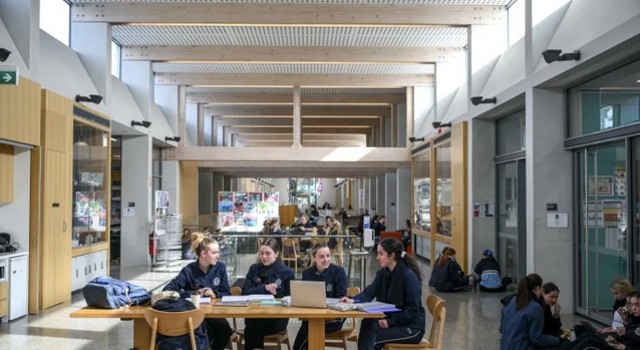Even pre-pandemic, the decline of traditional education was already underway, writes Candice Faktor at Fast Company.
With exorbitant costs and a focus on standardized test scores, the industrial education model has become increasingly disconnected from the needs of both students and employers. Worse, little attention goes toward encouraging the skills and mentality needed for lifelong learning.
As the cofounder of an education startup, I don’t think it has to be this way. A recent Harvard study showed that students actually learn more when education is built on “active learning,” which promotes working collaboratively on projects. And now, the COVID-19 pandemic has accelerated the disruption of education as kids and young adults have been forced to learn from home. In the collective reckoning on what learning should look like going forward, I’ve found that the social media platform TikTok offers some surprising insights.
Over the last few years, TikTok has become one of the largest learning platforms in the world: It’s available in over 150 markets and is one of the most downloaded apps in 40-plus countries. On the app, which is available in 75 languages, creators make a variety of short-form videos on everything from cooking hacks to dance moves to crafts and math skills. The hashtag #LearnOnTikTok currently has more than seven billion views.
Why has TikTok become such a popular learning platform? It embodies the following trends:
Creators are empowered: Traditional education has been focused on institutions that limit and control access to teachers, regulating their relationship with their students. In contrast, TikTok is designed to make it easy for anyone to be a video creator, to share information, and to find an audience.
FULL STORY
TikTok is a thriving learning community—and may be the future of education (Fast Company)
PHOTO




